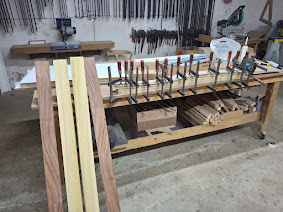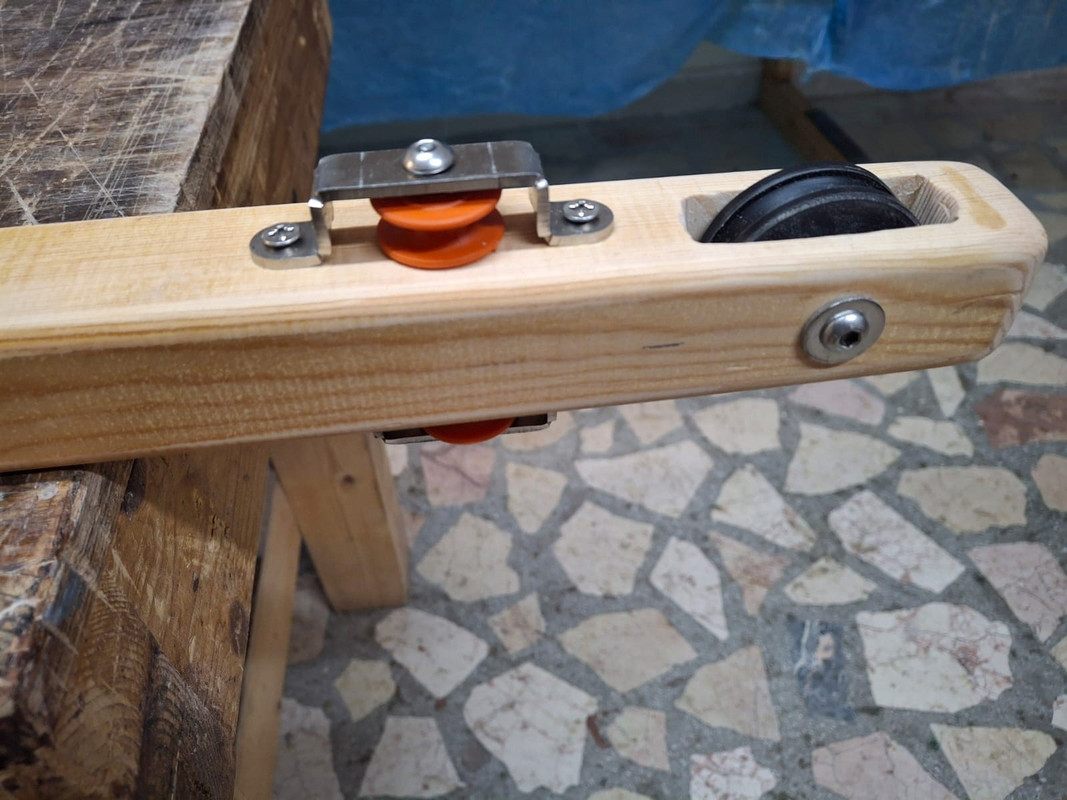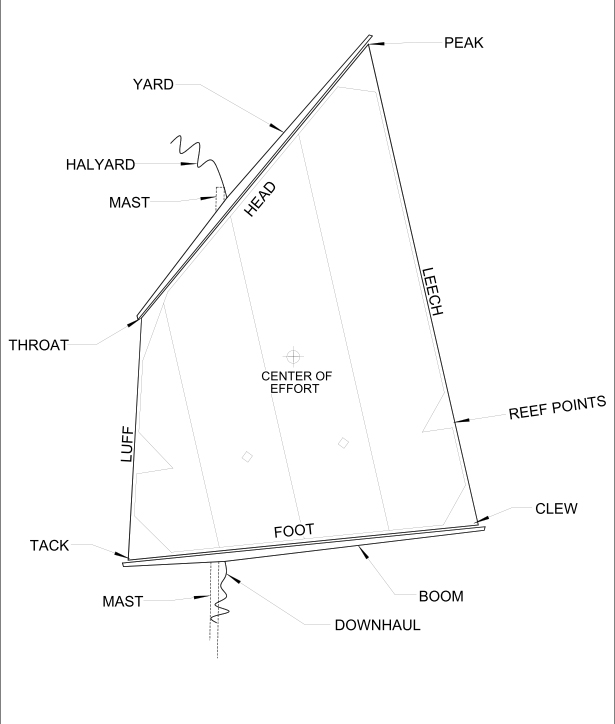Greetings,
I've sailed with my friend's newly built Peapod and have some questions to ask:
The builder's manual, page 239, gives the length of the tiller as 812 mm (32"), which seemed quite short for my sitting position. Without adding an extension part to this standard tiller, I wanted to learn how other fellow builders use this size tiller. Did anyone also have problems with the tiller length?
The rowing positions also posed some difficulty for my height & reach (my height is roughly 184 cm) I can barely put my soles to the edge of the middle seat when I sit in front of the boat and use my legs to help the rowing action. But when I sit near the aft of the ship on the center seat, I can not find any suitable support point to press my feet against. Maybe I may plan to add some support here. I'm curious to know what others do for this to ease the rowing mechanics.
Even though I have exactly followed the dimensions for the halyard, the weight came out a little over 4 kg (9 pounds). Maybe my timber selection was wrong and I should choose a softer wood than pine. So bringing the halyard to the top of the mast needs quite a force and seemed awkward to me. Is there another alternative other than drilling a simple hole in the top of the mast, which adds up some friction, especially if the rope or the mast is wet with sea water? A kind of pulley maybe? Can I safely make it slightly thinner than the design specs? Did anyone try this?
When I reef the sail, should I keep the boom at the original position? Or should I raise it so that the halyard will stay at the top of the mast? How to prevent the free movement of the halyard, if I lower it to keep the center of effort of the sail, better for stability? Is there more detailed documentation so that I may learn more about the rigging?
I have capsized the boat (due to strong gusts + no reefing + my fault) and it took a long time to empty it to make it float again. I had not followed the build manual here and did not fabricate the floatation blocks but put two inflatables to the bow & stern. Maybe this was another mistake but even with the standard floatation blocks, the amount of water that will flood the boat is plenty to empty with a simple bucket. What can be the best method to empty the boat after a capsize?
All the best,
Powderpark











